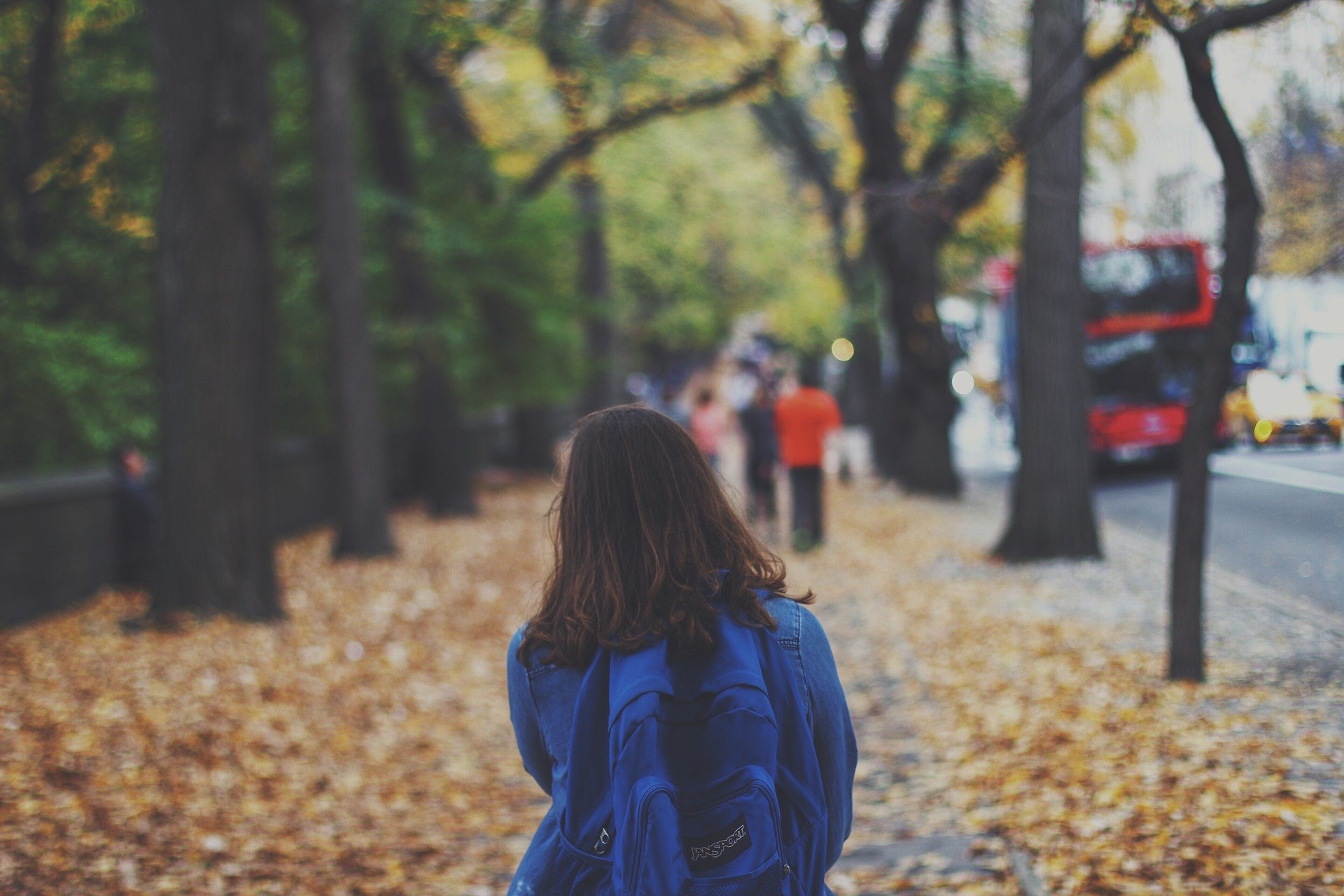
By Colin Diamond CBE, Professor of Education Leadership
School of Education, University of Birmingham
“The best school leaders will want to do the right thing: balancing the needs of children and the well-being of staff in the full knowledge of how their local community is faring under lockdown.”
This week the narrative to get our schools to re-open on June 1st has shifted. The professional discussion about how to gradually get more children back to school has been submerged by a political campaign that devalues the voices of those most trusted in society: doctors and teachers. Overnight, as you can see in some media outlets, teachers have been made as the enemy of the state.
Education leaders are divided and having to make potential ‘life and death’ decisions as a result of the Department for Education politicising the wider opening of schools in June. Scientific evidence has been cherry-picked and government friendly media enrolled in an unseemly haste to get full classes back in the classroom.
And the temperature has risen as politicians have used inconclusive scientific data to stress that re-opening schools, in the words of Michael Gove, is ‘absolutely safe.’
In 1990, at the height of the BSE crisis, Agriculture Minister John Selwyn Gummer fed his four-year-old daughter a beef burger to demonstrate his confidence that British beef was safe to eat. Fortunately Cordelia suffered no harm from the stunt but people did die of Variant CJD as a result of eating BSE-infected beef. Selwyn Gummer claimed that he was ‘following the science’. I wonder how many government ministers’ and senior scientific advisers’ children will return to state schools in early June to follow that science?
Let’s remind ourselves of the facts. We know that very young children cannot be socially distanced at school without jeopardising their well-being and the pictures from French schools of children playing by themselves in a chalked out square in the playground are disturbing. But that is considered less important than getting them back to school to prevent further damage arising from socio-economic disadvantage. And, of course, re-booting the economy, which is their primary goal.
The best school leaders will want to do the right thing: balancing the needs of children and the well-being of staff in the full knowledge of how their local community is faring under lockdown.
Ethical and moral leadership is the bedrock upon which everything else in the head’s repertoire is built and many are experiencing a profound dilemma. They all want the children back in school and work tirelessly to support those who are not thriving at home. But the risks involved in exposing large numbers of children and staff to each other is great with national CV-19 hotspots.
I have listened to many heads and governors across the UK over the last week. The most detailed and creative planning imaginable is underway. Schools are assessing how more children can be accommodated to ensure a good social experience, authentic learning and safe parameters. Perhaps the conversations with special heads and chairs are leading the way? They are accustomed to micro-level planning for individual children and matching the skills of the staff to deliver their learning plans. They are creating a 3D risk matrix that considers every child’s needs, its family circumstances, the situation of each member of staff and producing action plans accordingly.
This leads to the conclusion that small numbers of additional children will be able to return incrementally over a period of time from June – not based on which year group the child is in but on what works best. It is the polar opposite of a Whitehall-led mass return on 1st June and entirely in line with the British Medical Association’s advice.
So where does this leave school leaders right now? There are reasons to be optimistic for the long-term but tensions are evident currently.
We have seen the emergence of the Education Leadership Collective to create ‘a unified voice’ with heads from maintained schools and small multi-academy trusts, many of whom feel disenfranchised in a climate where education policy makers consult with a select few.
The logical conclusion of heads working together like this is the re-emergence of community and the creation of social capital as important for school leaders. CV-19 has revealed the fault lines in society and schools have stepped in, working with local organisations, to hold things together. This can only be achieved at community level with strong social partnerships. It is a long way from Gove’s narrow definition of what schools are about.
In the short-term, there are divisions with individual heads publically castigated for being risk-averse as they seek to protect their school communities. Already fatigued by 10 weeks of continuous opening under lockdown, the damage caused by questioning heads’ commitment is immense. Many now are afforded protection by local authorities’ declarations that there will be no lockstep moves on 1st June.
We learn that the government will make a ‘final’ decision about further opening on 28th May. Let us hope that safety – not economics – will be the overriding criterion and due attention is given to the recommendations of the Independent SAGE Report. Schools will be able to restore children’s well-being and then begin to close that gap but not if they are worried about safety at every turn.
